The School as a Whole Community Resource
Key Points
-
The collaboration between schools and communities holds immense potential to enrich student learning while benefiting the community at large.
-
Community involvement fosters a positive reputation for the school, strengthening its ties to the neighborhood and garnering support for its programs.
-
Designing building assets and resources with both students and the community in mind can often provide new or enhanced means of financial support through rental fees, grants, donations, and volunteer efforts, enabling schools to enhance their resources and offerings.
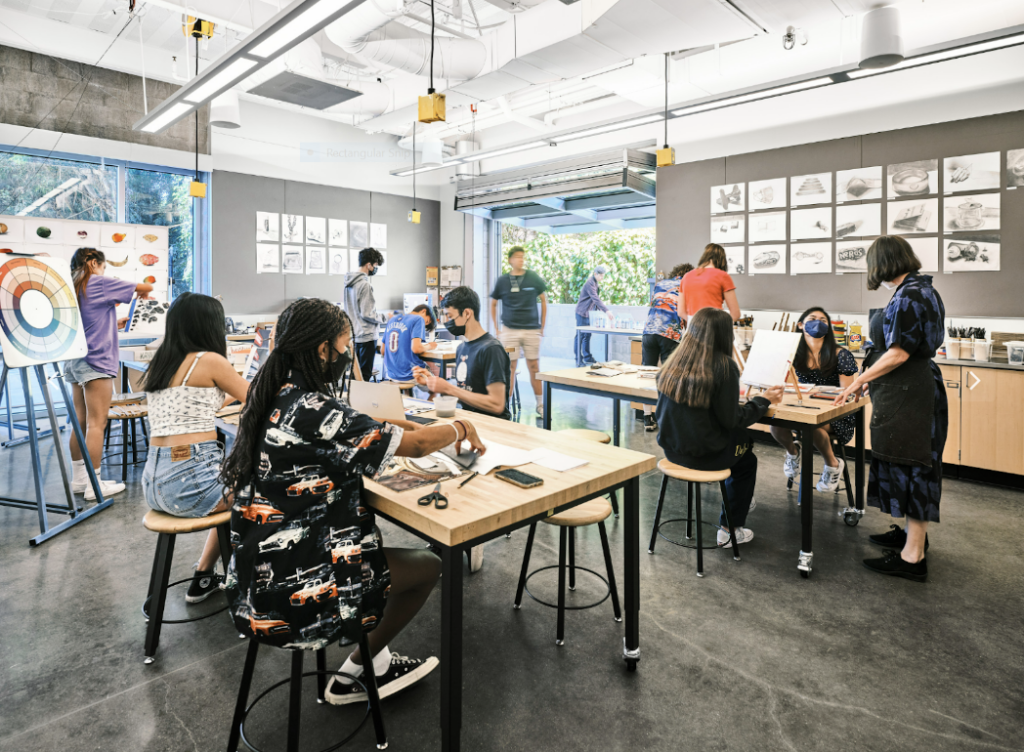
By Mary Ruppenthal
Schools, as integral components of the social tapestry within any given community, possess the potential for a more profound role. They hold the potential to be dynamic centers of community engagement and enrichment, creating learning experiences that touch every demographic of the community. Too many schools are shuttered at the end of the day, or after the last student practice or club has adjourned. When schools start viewing themselves as resources in the lives of the entire community, not just its children, it creates opportunities to actively involve the community, creating a reciprocal relationship that benefits both the students and the surrounding neighborhood. This collaborative approach transforms schools into vibrant hubs that enhance not only student learning but also the well-being of the entire community.
At the heart of this idea lies the recognition that the community itself is a valuable repository of knowledge, skills, and experiences.
By developing shared resources, or making minor updates to make them shareable, a school can open its doors and invite community members into the school environment. Educators can tap into this rich resource to enhance student learning while providing additional benefits to the community by bringing the outside in. Community members can gain the benefits of educational athletic and recreational facilities, theatrical and multipurpose facilities, and beyond, which also an opportunity to put money back into the schools through renting these facilities. Applications and websites, such as facilitron, already exist to match community groups and users with public facilities, including schools. However, these are applications for people to request access to school facilities, not those schools actively inviting the community to contribute to education. To do that, districts must be proactive.
One effective way to create dynamic community participation is through the inclusion and utilization of flexible maker spaces or tinker labs. These spaces can be the perfect environment to invite guest professionals, artists, entrepreneurs, and experts from various fields to share their insights and experiences with students. These guest speakers can provide real-world context to classroom learning, bridging the gap between theory and practice. Students gain a deeper understanding of how their studies translate to the world outside, which can ignite their passion for learning and open their minds to new possibilities.
Moreover, community members can serve as mentors, guiding students in areas of their expertise. This mentorship goes beyond traditional education, offering personalized support and guidance that helps students develop crucial life skills, set goals, and make informed decisions about their futures. The mentor-student relationship also instills a sense of belonging and builds self-confidence, as students receive validation and encouragement from role models within their community.
In recent years, to provide more value to the community, many schools have built administrative community resource space in the form of wellness and family centers for adult instruction, legal and housing assistance, health resources and services, and English as a second language instruction. These types of community health and wellness resources can be excellent vehicles for career education training in health careers or in second language learning where adult and adolescent students teach one another under supervision from trained instructors.
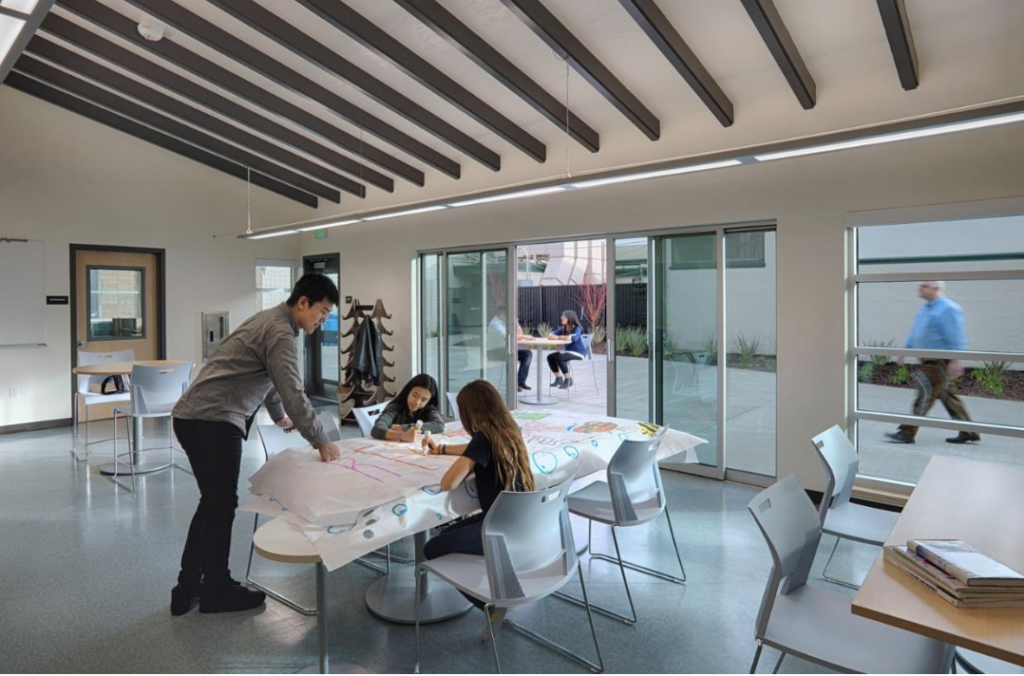
Collaborative projects between schools and community organizations are another powerful way to enrich both student learning and the community. Local businesses, nonprofit organizations, and civic groups can partner with schools to create hands-on projects that address real community needs. This not only teaches students about social responsibility but also equips them with practical skills while making a tangible impact on the community. For instance, students could work on environmental initiatives, urban planning projects, or community service initiatives, fostering a sense of civic engagement and empowerment in shared research space such as the library, large meeting spaces, or even the campus quad.
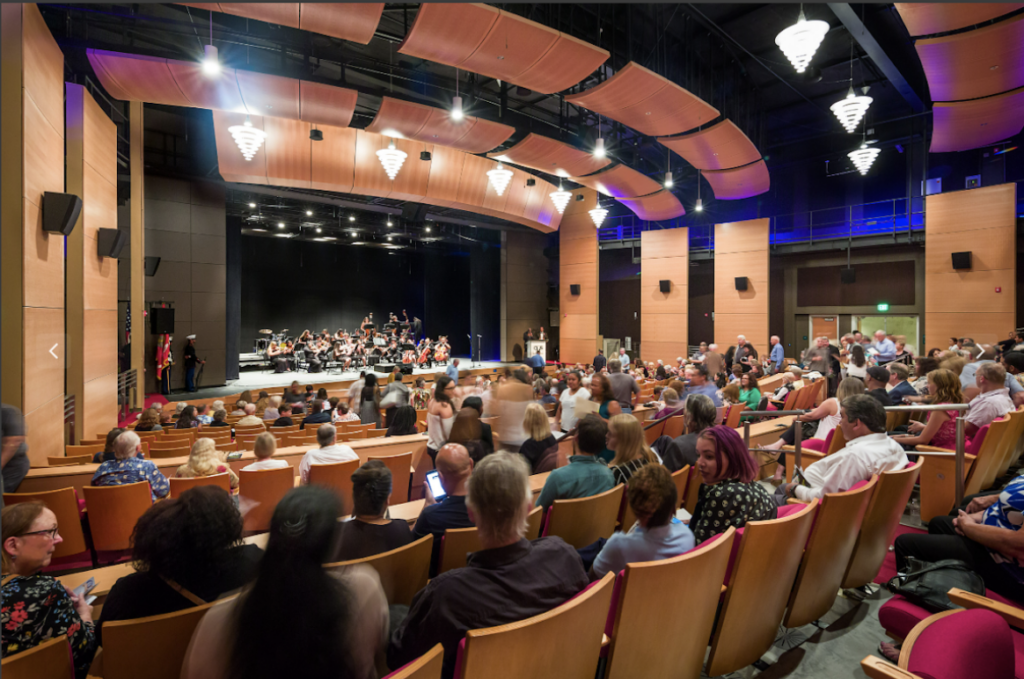
Cultural and artistic engagement is equally vital. Schools can collaborate with local artists, musicians, dancers, and performers to offer workshops, exhibitions, and performances. This not only encourages creativity and self-expression among students but also introduces the community to a diverse range of artistic experiences. Cultural events hosted at schools provide a platform for community members to interact, share their cultural heritage, and celebrate diversity. These events not only enrich the community’s cultural fabric but also provide students with an opportunity to learn about different traditions and perspectives.
Collaborations like these not only maximize the use of available resources but also fosters a sense of ownership among community members. Schools become a shared space where people of all ages can gather, interact, and learn from each other. In many communities across the country, schools are engaging in facilities upgrades to create secured and monitored entries for just such joint-se activities. Most school facilities are already equipped with spaces that could be utilized in numerous ways beyond the examples above to benefit the broader community and students in flexible after-hours special projects, education, or hobbyist activities and skill sharing.
Community involvement fosters a positive reputation for the school, strengthening its ties to the neighborhood and garnering support for its programs. Additionally, involving the community can often provide financial support through grants, donations, and volunteer efforts, enabling schools to enhance their resources and offerings. When developing new facilities or modernizing existing ones, we encourage our district clients to consider how their campus can open itself to the community and provide additional value that engages the whole community.
One of the most important steps to ensuring success that we have seen is writing community engagement goals into Strategic and Capital Improvement Plans for the District. By outlining community engagement as a discrete facility project goal at the Request for Proposal (RFP) stage, we as the design firm were able to be informed of the key project goal from the very beginning. This shaped how we approached the project and informed the design possibilities we brought to the table when working with each District. We as designers can come to the table with concrete facilities suggestions on each project to make the facility more porous and adaptive to community need. In the case of all the project examples here, community engagement was a goal written into the outset of the project, and our team was able to design around that goal and propose use cases and examples for the District and community stakeholders to discuss and vet in meetings and charettes.
The collaboration between schools and communities holds immense potential to enrich student learning while benefiting the community at large. By opening their doors and inviting community programs, guest speakers, fostering mentorship relationships, engaging in collaborative projects, and promoting cultural exchange, schools become vibrant centers of knowledge, growth, and interaction. This approach nurtures well-rounded, socially responsible students while also strengthening the bonds within the community, creating a cycle of continuous enrichment for both students and the neighborhoods they inhabit.
Mary Ruppenthal is the HED Pre-K-12 Education Sector Leader

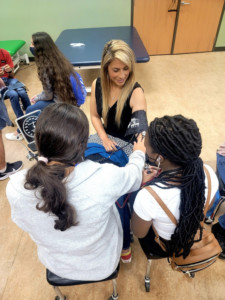
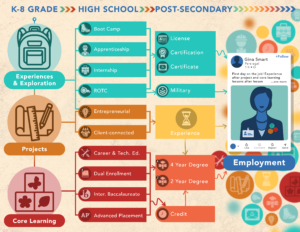

0 Comments
Leave a Comment
Your email address will not be published. All fields are required.